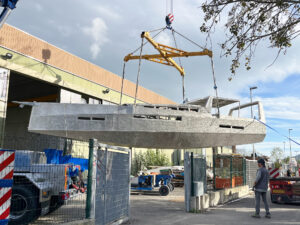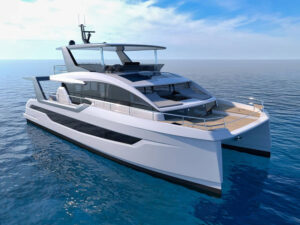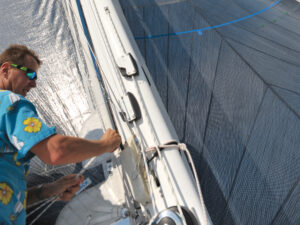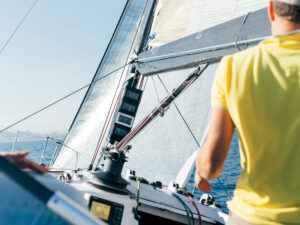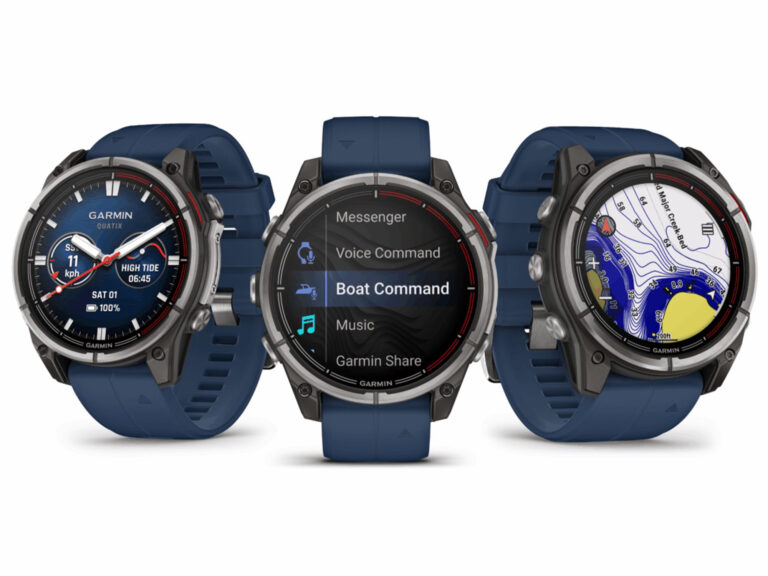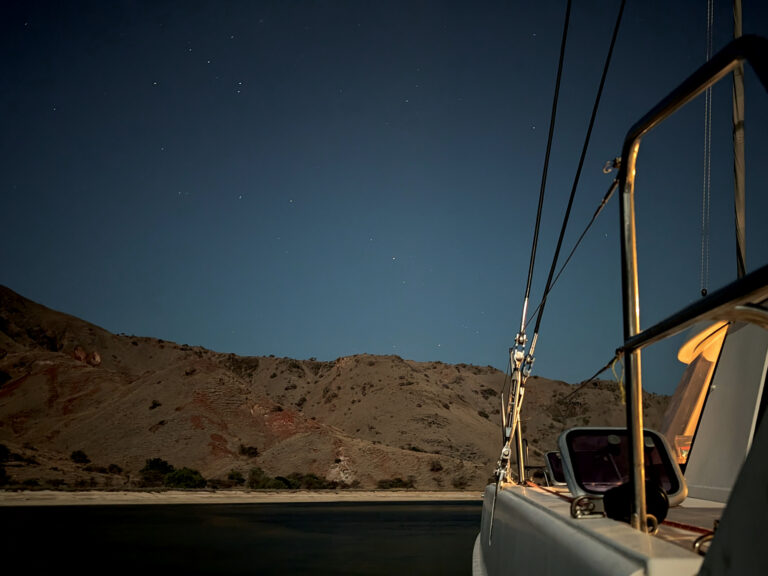Like the sailboats they’re used on, binoculars haven’t changed much since their original inception. They’ve gotten lighter with better lenses, and antireflective coatings allow us to see with greater clarity. But the mechanics are the same. A factor limiting the use of high-powered binoculars aboard any small boat has been the difficulty of stabilizing the image, and for this reason, sailors seldom purchased units above 8x magnification. In the past decade, however, technology originally developed for the military has been used to create higher-powered stabilized binoculars. Early models used gyroscopes to stabilize not the image but the binoculars themselves. In 1996, Canon transferred the electronic image-stabilizing technology from its video cameras to its binoculars. The 10×30 IS was the revolutionary product that allowed, for the first time, the practical use of 10-power binoculars at sea. Since then, Canon has introduced the 12×36, the 15×45, the 15×50, and most recently, the 18×50. While an early deterrent for sailors (besides the price) was these binoculars’ lack of watertightness, this has since been remedied, and for a while Canon enjoyed a virtually exclusive position in the stabilized-binocular market.
Not so anymore: Fujinon, longtime maker of durable marine binoculars, has recently entered the market with the Techno-Stabi, waterproof and image-stabilized binoculars that, like the Canons, stabilize the image itself, not the binoculars. Fujinon uses four sensors and tiny electric motors to counteract both the boat’s vibration and movement as well as the muscular-induced instability of the user. The end result is a clear, steady image, even at 14x magnification.
Zeiss also makes image-stabilized binoculars. At 59 ounces, the Zeiss 20×60 S is a large and formidable-looking instrument that you might expect to see on the bridge of an aircraft carrier. Stabilization in this unit is achieved mechanically, not electronically, and the difference is noticeable, especially when moving from the Fujinons to the Zeiss. While the lenses are excellent and, at 60 millimeters, offer a much superior twilight factor at dusk, the stabilization effect seems to have been designed to accommodate hand tremors, not the pitching of a boat.
We gathered these three high-end instruments and put them through the same paces as their more traditional brethren. While the Canons were easiest to use, the Fujinons offered superior stabilization and optics. The Zeiss felt too large and clumsy to use on anything less than a large ship deck or solid ground. While the optics on all three instruments were better than average, we disliked the standard-issue rubber cups: Wearing eyeglasses with any of the units seriously compromised the already diminished field of view. The downside of the electronic Fujinon and Canon units is that batteries have to be replaced every three hours of continuous use¿the Fujinon uses four AA batteries, and the Canon uses two.
Are image-stabilized binoculars a better option? That depends on the size of your boat and on how much you’re willing to spend. Budget-minded cruisers on small boats are better served investing the difference in price between traditional binoculars and image-stabilized ones back into the boat.
Image-Stabilized Binoculars

